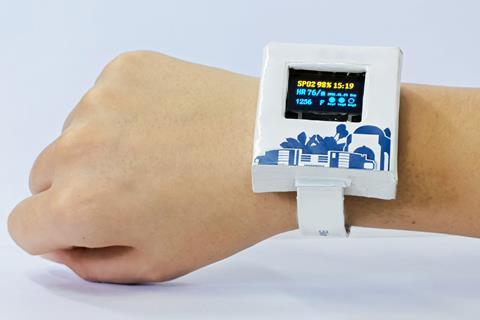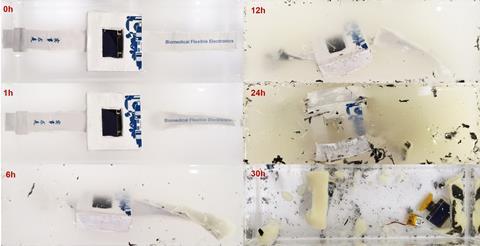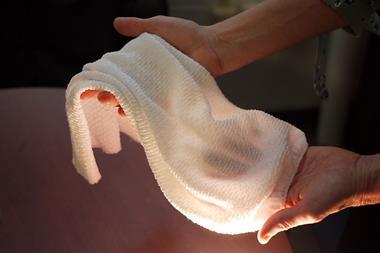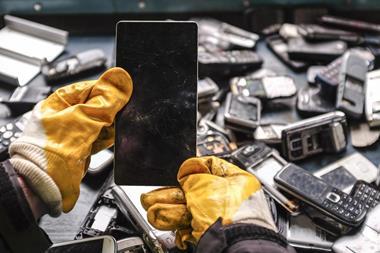
Scientists produced the first dissolvable smartwatch. While not as sleek as current devices, it has similar performance and capabilities. The watch is resistant to sweat but disintegrates within 40 hours when submerged in water.
Electronic waste is difficult and hazardous to recycle so is often not worth doing for small electronics. To reduce this waste, scientists in China made a transient nanocomposite circuit board. Transient materials are not designed to last – in this case, the material dissolves in water into environmentally friendly compounds.
The composite consists of zinc nanoparticles with silver nanowires, which improves the device’s electrical properties. This bimetallic nanocomposite is screen printed onto a water-soluble polymer, polyvinyl alcohol. Water droplets then trigger chemical reactions to solidify the material – a technique known as water-sintering.
The printed circuit boards are enclosed in a soluble 3D-printed case, also made from polyvinyl alcohol, which can dissolve in water while remaining intact when in contact with sweat. Any components that are not dissolvable, for example the screen and transistors, can be collected and recycled after the rest of the watch has disintegrated.

This dissolvable smartwatch can carry out many of the same functions as current non-dissolvable devices: monitoring heart rate and step count, as well as displaying messages from phones connected via Bluetooth.
Printable and transient electronic devices like this watch could provide a solution to increasing electronic waste – once they become more visually appealing.
References
J Li et al, ACS Appl. Mater. Interfaces, 2021, 13, 32136 (DOI: 10.1021/acsami.1c07102)

















No comments yet